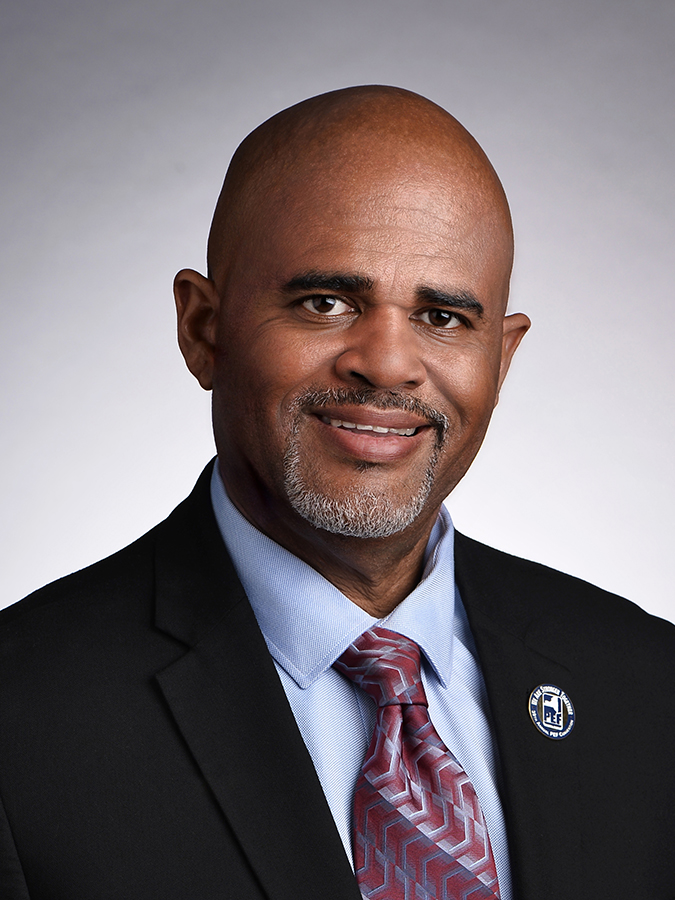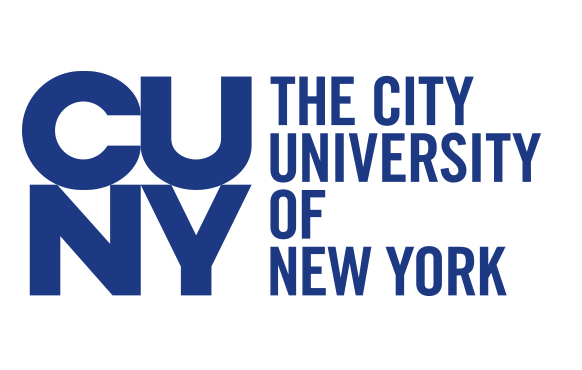New York, NY – The Public Employees Federation’s (PEF) President, Wayne Spence, has been a member of PEF since 1993, and is currently in his third term as President. He has negotiated difficult contracts, bringing in wins for his members. When the pandemic hit, he secured PPE for the workers. And in 2022, he secured raises for the nurses in PEF, who were grossly underpaid. These are just some of his many accomplishments. To learn more, LaborPress spoke with the union official.
LP: Please provide a brief overview of PEF: who are the members, how many are there, and when it was founded.
WS: PEF was founded in 1979 and represents approximately 50,000 Professional, Scientific and Technical titles in New York state government. There are currently 3,000 different job titles in PEF. PEF also represents nurses and other professional staff at the Albany Probation Department, Albany Housing Department, the New York State Schools for the Blind and the Deaf, and the Roswell Park Comprehensive Cancer Center in Buffalo.
LP: Can you share a bit about you and your union career: how long have you served in PEF, your various titles, and include some highlights from your career.
WS: I have been a member of PEF since I came into state service as a Parole Officer in 1993. In 2001 I was elected a Shop Steward and in 2006 I was elected an Executive Board member. In 2012 I was elected a PEF Vice President and in 2015 I was elected the first president of color in the history of PEF. I am currently serving my third three-year term as PEF President. I am a National Vice President of AFT and a member of the SEIU Executive Board. I am also a member of the NYS Retirement System Advisory Council and sit on the executive council of the AFL-CIO.
LP: What are some standout accomplishments during your tenure as President or other positions?
WS: When I was first elected in 2015, the union was operating under an expired contract with no active negotiations. The first two contracts I negotiated on behalf of PEF’s membership contained no increases in healthcare premiums or co-pays. When the Janus decision was handed down by the Supreme Court in 2018, we ramped up our organizing and communications efforts to stabilize the union and pave the way for future membership growth despite the anti-union sentiment unleashed by Janus. Throughout the pandemic, PEF stepped up to help workers when the State was slow to do so. We sourced tens of thousands of dollars of personal protective equipment for our front-line members and purchased hotel rooms for professionals who were treating COVID patients and didn’t want to bring the virus home to their families. As the pandemic waned and Gov. Kathy Hochul assumed power in Albany, PEF raised its political profile and worked with the executive to enact many of the goals of our “Fund Our Future” campaign, which is a multi-year effort dedicated to making sure the public services provided by PEF members are well-resourced, protected, and appreciated. Last year, after more than two decades of lobbying for it, PEF secured a title restructuring for nurses, resulting in a major pay increase for approximately 6,500 nurses who work at 15 different state agencies. The starting salaries of nurses on the day shift upstate are now about $90,000 and $108,000 downstate when coupled with geographic pay differentials. PEF nurses went from some of the lowest-paid nurses in the state to some of the highest-paid on my watch. I’m very proud of that.
LP: What are your goals for your members?
WS: Lawmakers are currently working on their one-house budget bills in response to Gov. Hochul’s executive budget proposal. PEF has eight budget priorities this session, including:
Reinvigorate the Civil Service system and improve Tier 6: We propose investing $8 million to increase testing capacity statewide and open pathways to the middle class by making it easier for New Yorkers to enter into civil service. We also believe that employee contributions to their State pensions should be standardized at 3% after 10 years of service.
Invest in services for mental health, developmental disabilities, and addiction: We are urging the State to spend $45 million for staffing and capital improvements of existing facilities and the acquisition of new ones at the Office for People with Developmental Disabilities (OPWDD). In addition, we believe the State should allocate $50 million to address the current mental health crisis by hiring and training staff at the Office of Mental Health (OMH) and the Office of Addiction Supports and Services (OASAS) to increase the capacity to stabilize and treat the most vulnerable New Yorkers.
Repair the ‘Less is More’ parole law and the ‘HALT’ Act: Increase public services needed by parolees to reintegrate into society – from addiction treatment to job training and housing assistance. Add staff to monitor and ensure successful re-entry. Expand the HALT Act with adequate resources and staffing to protect incarcerated individuals and the state employees who work with them.
Subsidize SUNY hospitals: Upstate, Downstate and Stony Brook led in the fight against COVID-19. These teaching hospitals treat everyone regardless of their ability to pay. They need $175 million in the next budget to continue providing life-saving care.
LP: What are some recent victories that you oversaw at the union?
WS: PEF was the only union fighting for hazard pay on behalf of its frontline workers. Gov. Hochul called it a “Healthcare Workforce Bonus” and allocated $3,000 to all patient-facing healthcare workers on the front lines of New York’s fight against COVID-19. PEF was also instrumental in pushing for the first reforms of the State’s Tier 6 pension plan since it was created. Workers now vest in five years instead of 10 and the overtime they earn is exempt from pension contributions. In the last State budget, we were also able to secure more than $10 million to restore 100 inpatient beds at OMH facilities. The 2022-2023 budget reinvested in public services for the first time in a decade, increasing funding for state operations by more than 3% or $3.6 billion. With the multi-year hiring freeze lifted, New York committed to regrowing its workforce to pre-pandemic levels. Last but certainly not least, the $32.8 billion capital plan at the State’s Department of Transportation (DOT) will build bridges, pave potholes and improve roads across the state, thanks to nearly 200 new DOT workers added to the payroll.




